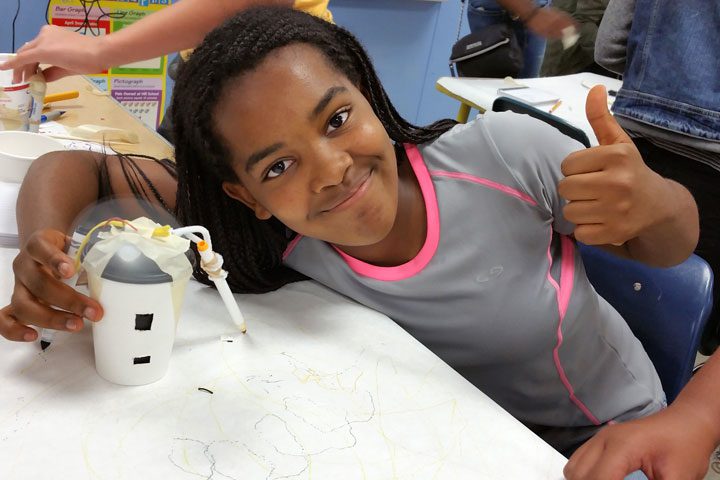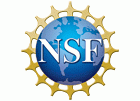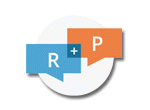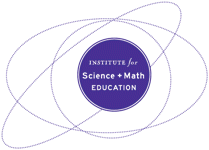How can Making promote equity and excitement in STEM?

- Teachers can use Making to create more equitable classroom cultures where students feel safe taking risks and using investigation, sensemaking, and critique.
- District Staff & PD Providers should provide teachers with firsthand opportunities to learn through Making. Educators need support in understanding how to create inclusive and educational Maker cultures.
- School Leaders should support Making activities as a core part of STEM education initiatives to make this field more accessible to all students.
What Is The Issue?
STEM Making can provide youth who may not be identified as “good at STEM” with opportunities to dive deeply into engineering practices such as designing, constructing, testing, and analyzing. Making can be joyful, but also richly educative and inclusive when it is implemented using deliberate strategies to support students to take creative and intellectual risks and to experience design failures as moments of learning. As they build out their ideas, Makers grapple with scientific phenomena (e.g., those involving force and energy) and cross cutting concepts (e.g., structure and function, systems and systems models).
Authors:
BRONWYN BEVAN & JEAN J. RYOO - OCTOBER 2016
Reflection Questions
- How can you recognize students’ different strengths and skills in Making (e.g, design, illustration, technical) and use these to position students as local experts for their peers?
- What changes in the classroom environment can help support collaboration, peer-to-peer learning, and cross-pollination of ideas among participants?
Things to Consider
- In science and engineering, “failure” is the generative moment when current ideas and understanding run up against physical realities. This is where learning and new insights happen.
- In Making, youth are operating at the edge of their understanding and, therefore, there are plenty of moments of failure. Students need time to iteratively work through these moments to achieve new understanding and accomplishment.
- Making can make students’ thinking and understanding visible. Asking students to explain their projects, including what they are finding challenging, can help them to consolidate their developing understanding.
Attending to Equity
- Watch this video and read this report to learn more about how Making can support equitable STEM learning.
- Many students, especially those who don’t identify individually or due to their social group as being “good at STEM,” have learned to fear failure. It is key to create physical and social environments that feel safe for youth to take the intellectual and creative risks and to learn from moments of design failures through productive struggle and persistence. In Making, because students care about their own ideas, persistence can come easily when supported. For more, read this blog entry on reframing failure.
- Making taps into students’ ideas, creativity, and personal passions. It can be a powerful context for inclusive and equitable learning when it is implemented in ways that help students dive in, develop and test their own ideas, and learn as they troubleshoot, redesign, and ultimately complete their projects.
Recommended Actions You Can Take
Research has identified the following classroom practices that can support equitable and productive STEM-rich Making:
- Physical and Social Environments: (1) Have multiple examples of each Making project—both functioning and incomplete, built by you or students—available to invite different approaches, seed ideas, and make technical solutions transparent. (2) Place materials and tools in central locations, so students will walk by and see peers’ projects when getting materials. (3) Arrange work spaces to allow for broad visibility, to support cross-pollination and encourage emergent collaborations.
- Facilitation Strategies: (1) Introduce projects through conversations that elicit what students already know about the tools, materials, or phenomena from their everyday experiences. (2) During Making, provide time for students to iteratively develop and refine their designs, allowing students to complexify their understanding and designs over time. (3) When students are stuck, ask them to explain their problem and what they have tried. Ask them “what if you…” questions rather than providing answers right away. (4) When students have mastered a tool or skill, position them as experts who can help others.
- Activity Design: (1) Select activities with multiple starting points to enable all students to dive in, no matter their prior knowledge or experience. (2) Select activities that use appealing materials and tools, including familiar materials used in unfamiliar ways (e.g., a strawberry basket as a floating object) and/or unfamiliar materials that excite curiosity (e.g., mylar or microcontrollers). (3) Interweave more open-ended activities with step-by-step activities that can familiarize students with particular materials or tools. (4) Encourage students to journal their ideas, designs, and projects. Stepping back from a problem to record can often spark new solutions.
ALSO SEE STEM TEACHING TOOLS
STEM Teaching Tools content copyright 2014-22 UW Institute for Science + Math Education. All rights reserved.
This site is primarily funded by the National Science Foundation (NSF) through Award #1920249 (previously through Awards #1238253 and #1854059). Opinions expressed are not those of any funding agency.
Work is licensed under a Creative Commons Attribution-ShareAlike 4.0 Unported License. Others may adapt with attribution. Funded by the National Science Foundation (NSF). Opinions expressed are not those of any funding agency.


 Email Feedback
Email Feedback


